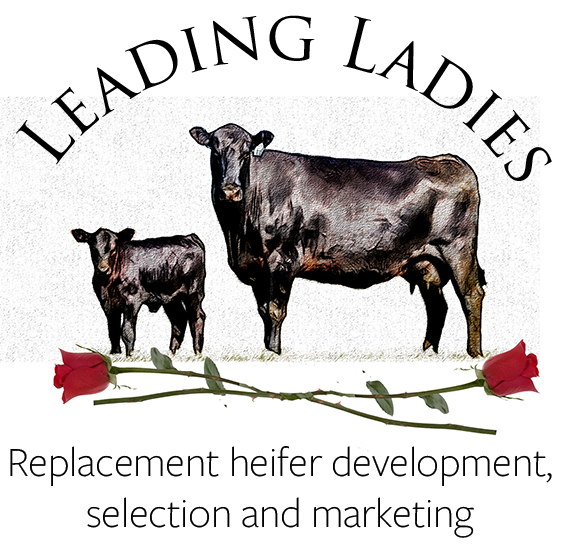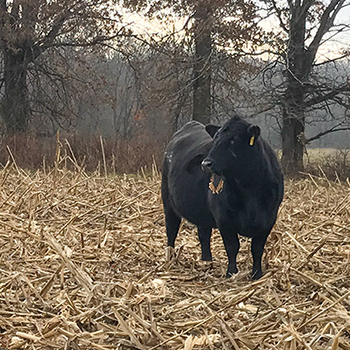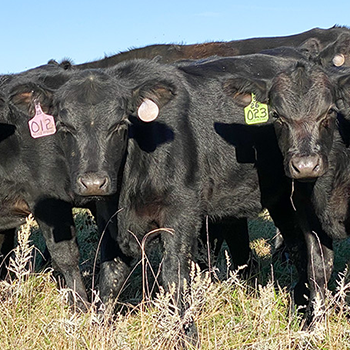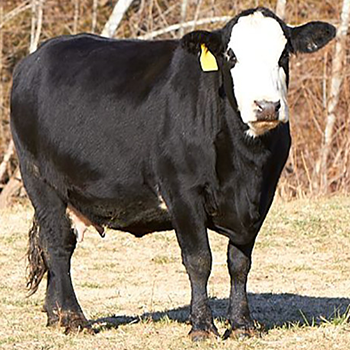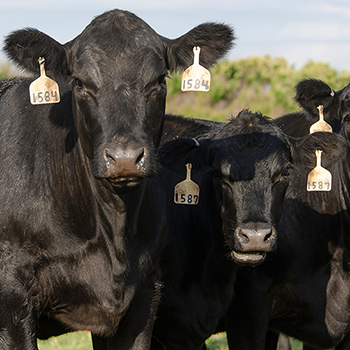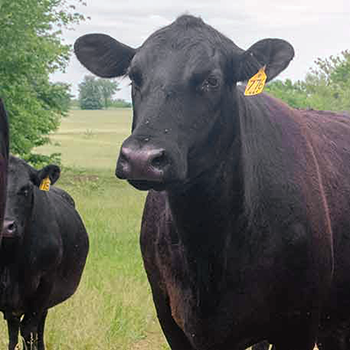
The Link
Black Friday for bulls.
Black Friday — you either love it or you hate it. Some people look at bull purchasing and selection about the same as Black Friday shopping. Where is the best deal that doesn’t take too much of my time to find?
If you and your seedstock supplier are in step with one another, they will be able to direct you to the bulls that will benefit your program in a positive way. But to be in step with one another takes communication and planning. Your seedstock provider needs to know your marketing plan and goals. If you are planning to retain ownership, that is different than selling feeder calves at weaning. Retaining heifers is another piece of the puzzle that needs some discussion. Once your seedstock provider knows your mission and goals, they can help keep you out of the ditches.
Some producers purchase bulls from multiple seedstock providers. They use tools like expected progeny differences (EPDs), dollar value indexes ($Values), ratios and actual data, along with phenotypic evaluation, to make their bull selection. This process is more time-consuming for the bull buyer compared to leveraging a single seedstock provider.
Just like Black Friday shopping, buying your next herd bull will take some time. That way you can make the best purchasing decision for your marketing plan and your breeding program.
I was at a sale recently looking at some bulls. I was asked where I had gotten the information for the printed spreadsheet in my hand. I had put all the EPDs of the bulls I was interested in on the spreadsheet and then color-coded the EPDs falling in the top 10%, 25% and 35% according to the Percentile Breakdown on www.angus.org. I’d added birth weight (BW) and weaning weight (WW) data from the sale book to the spreadsheet, too. While sale books are great during the sale, for me it is much easier to make a spreadsheet before of bulls that I like the numbers on. Then I go sort the bulls by phenotype. I leave blanks in my spreadsheet for any bull that catches my eye. I can always look his numbers up on my mobile app.
At this sale my brother came along. He focuses on phenotype more heavily than data. Sometimes it is good to have actual weights to show him why a particular animal may not be the best choice when you explain the EPD comparisons. In my opinion, it takes a combination of both phenotype and data to make a decision. The other part to this equation is identifying the bull that needs to go with a particular set of females. Before we head out to the sale, we look at the bulls we have and what each particular set of cows really needs from the bull.
After we agree on which bulls could be potential herd sires, the real fun begins. We have to determine what we plan to pay for each bull as it comes up for sale. It is easy to settle on a bull; but, remember, he will provide half the genetics of the replacement heifers you keep out of him. Do you really want a bull that weaned off 50 fewer pounds than your average? At the end of the day, an open cow isn’t too profitable either. Sometimes the best laid plan is called adjustment. The investment you make in your herd bull is important. Don’t forget, ask for the registration paper.
Finally, this is my last column. I want to say “thank you” for 30 wonderful years of great friendships and memories. The power of Angus is real.
Editor’s note: Ginette Gottswiller is the director of verification services for the American Angus Association. She is retiring at the end of December after 30 years of serving Angus members and commercial cattlemen.
